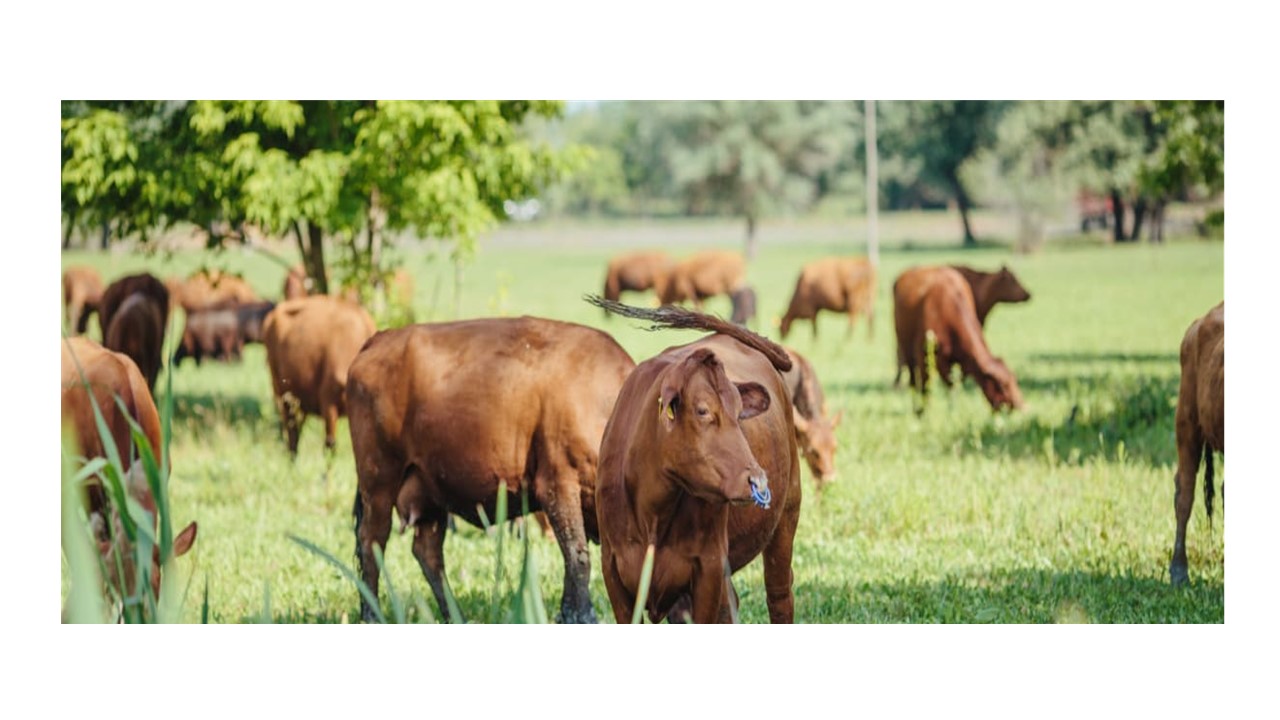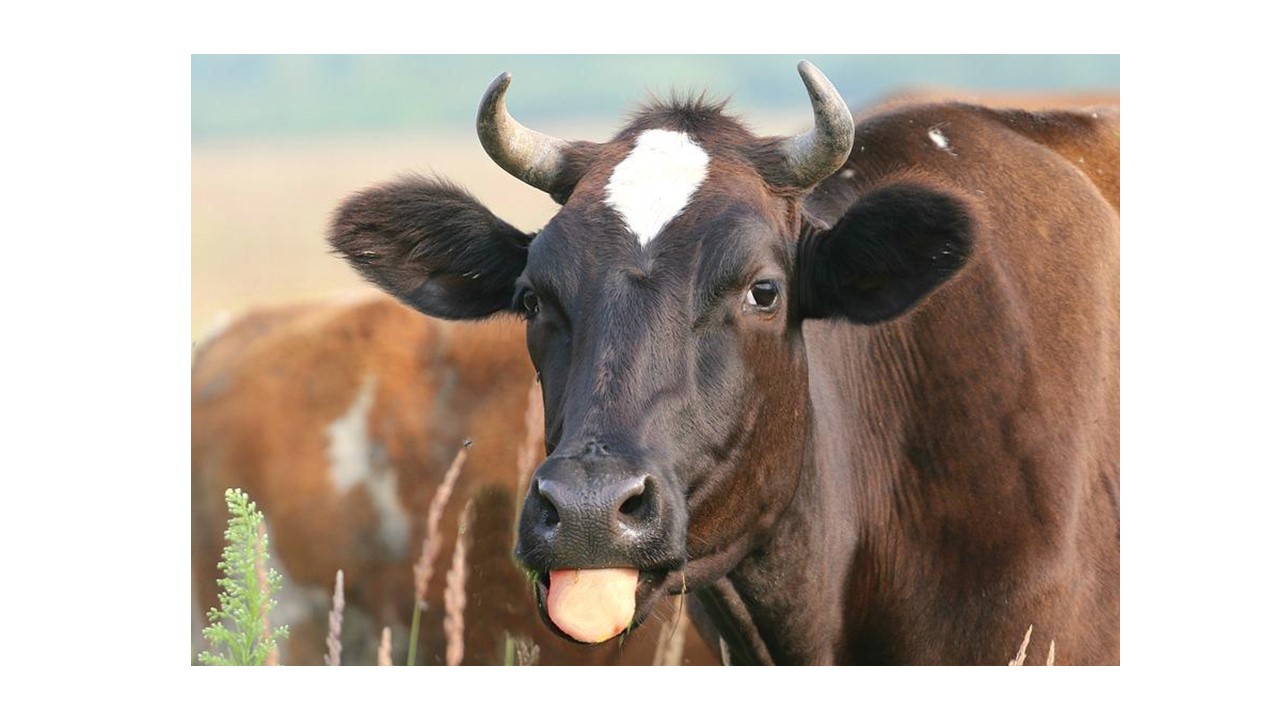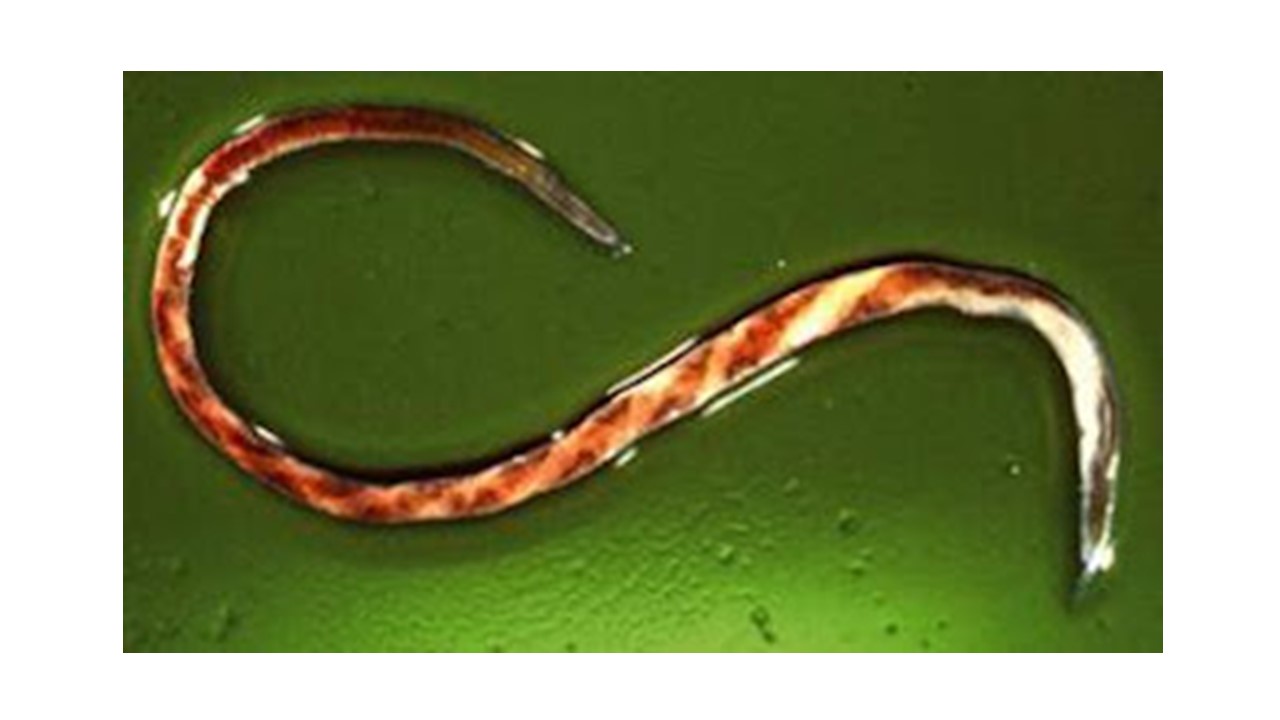Bloat is an uncomfortable condition in ruminants marked by an over distension of the rumen (the first of the four divisions of stomach in ruminants). There are microbes which are naturally found in the rumen and aid in the fermentation process of feed. Gas naturally produced due to this process is expelled by eructation or burping. Bloat occurs when there is any form of hindrance to the normal release of gas from the rumen.
TYPES OF BLOAT
Free-Gas Bloat: This is a less common type, and it occurs due to the oesophagus being blocked by a foreign object such as a lump of feed. There are other medical conditions such as tetanus, tumors and hypocalcaemia (reduced calcium levels in the blood) which can affect the movement of the oesophagus, leading to this condition.
Frothy Bloat: This is the most common type of bloat. It occurs usually during the onset of the rainy season when there is a lot of fresh highly proteinous forage such as legumes. These plants are rapidly digested leading to the formation of a layer of entrapped gasses in the form of foam, which makes it difficult to be released from the rumen.
CLINICAL SIGNS
- A highly distended left abdomen
- Sudden death
- Difficulty in breathing (dyspnea)
- Death can occur within 4 hours after signs of bloat begin to show due to an impairment of normal respiration.
DIAGNOSIS
Diagnosis is usually based on history and physical examination. The use of the stomach tube is useful in distinguishing between free-gas and frothy bloat
TREATMENT and PREVENTION
- A stomach tube or Trocar and Cannula is used to release excess gas from the rumen. In life threatening cases a surgical procedure may be needed.
- Antifoaming products such as Poloxalene, vegetable and mineral oils have proven to be effective.
Avoid grazing animals on high-risk pastures. Diet of animals fed in stalls should contain a balance of grains and roughage. You may consider providing your farm animals antifoaming agents especially during the rainy season when there is a lot of lush vegetation. Ensure that feed or pastures are always free from foreign materials such as plastics and stones.



